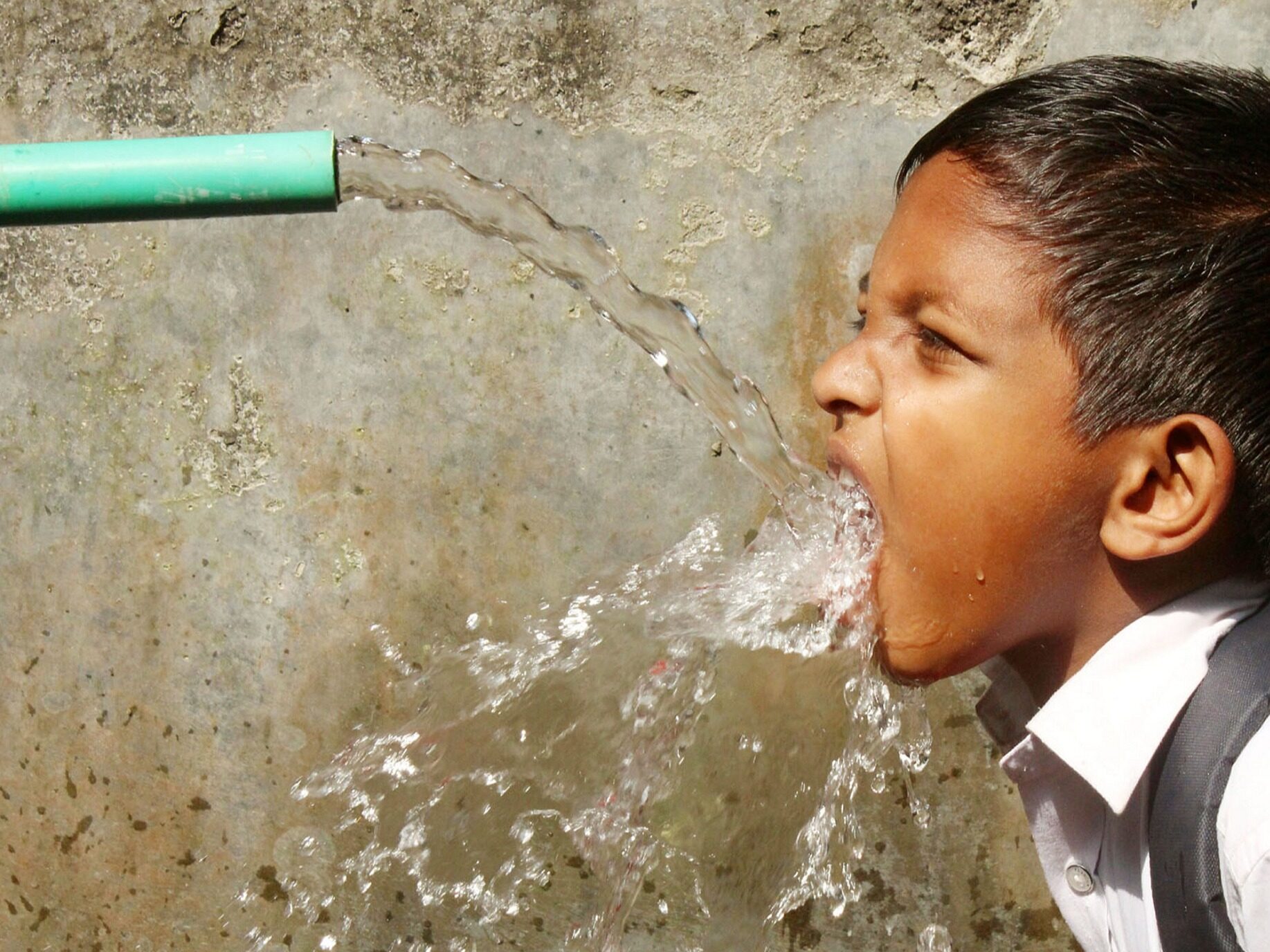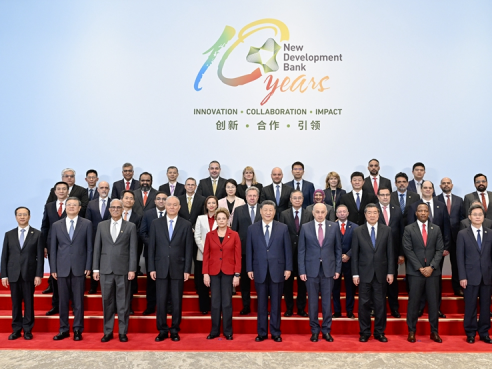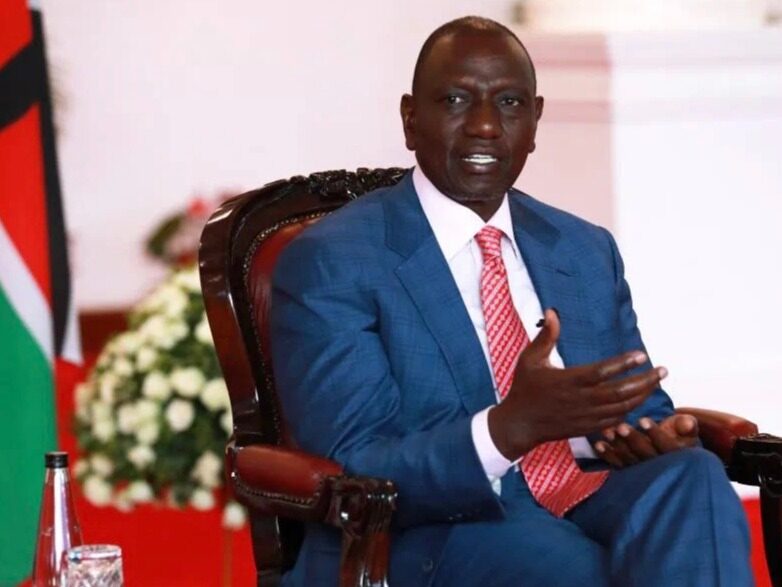
- On August 16, 2021, the International Offshore Oil and Gas Technology Conference (OTC) will be held in Houston, USA
Vikram Barat, the Minister of Natural Resources of Guyana, told Jiandao.com that the Guyana-Suriname Basin has great potential. The oil and gas reserves discovered so far may be close to 13 billion barrels of oil equivalent. It is expected that more oil discoveries will be made in the basin in the future. There are currently more than 15 international oil companies owning blocks in this area.
In November 2020, the Suriname National Petroleum Corporation (Staatsolie) and industry regulators launched the 2020-2021 offshore project bidding. In late June 2021, Staatsolie awarded 3 offshore blocks. Among them, Block 5 was acquired by Chevron, while Blocks 6, 8 were jointly acquired by Total (40%), Staatsolie (40%) and Qatar Petroleum (20%).
Star of Tomorrow
Previously, some analysts believed that the oil reserves in Block 58 of the Suriname Sea alone could be as high as 6.5 billion barrels. In recent years, international oil companies have aimed at the prospects of the area and conducted exploration and development drilling. Since January 2020, U.S. Apache and its partner Total have achieved great success in Block 58 in Suriname. Total is the operator of the block, and the two partners each hold 50% of the shares in block 58. In June 2021, the two companies completed a front-end engineering design contract for the manufacture of floating production and storage facilities. In late July 2021, Total discovered the Sapakara South-1 well.
Since 2015, ExxonMobil has discovered 22 oil fields offshore Guyana and is actively seeking exploration and evaluation drilling plans for 12-15 wells in 2021, which may further increase Guyana’s total oil reserves.
It is worth mentioning that the offshore crude oil of Suriname is light sweet crude oil. Due to strict fuel emission regulations and the achievement of the Paris Agreement goals, the global demand for low-sulfur, medium and light crude oil is steadily increasing. The light and sweet crude oil resources in the basin are quite attractive to major oil companies.
In addition to the attractiveness of crude oil grades found in Block 58, the average profit and loss price of Suriname Offshore will reach US$40/barrel. Although this price is higher than the current US$35/barrel in Liza Phase 1 in the Stabroek block offshore Guyana, it is one of the lowest prices in South America. With the establishment of infrastructure, the price will drop.
Resched Energy predicts that by 2030, Suriname's daily crude oil production will reach about 650,000 barrels. A sound regulatory environment, low royalties, competitive break-even prices, and increasing political stability have all made Suriname increasingly attractive. Recently, consulting firm Westwood Global Energy Group (Westwood Global Energy Group) said that offshore oil and gas spending will jump to 44 billion U.S. dollars in 2021. Offshore oil and gas development is expected to pick up in 2021, reaching the level of 2019.
In 2020, under the impact of the epidemic and low oil prices, offshore oil and gas exploration and development will generally see crises such as reduced operations, project delays, sluggish investment, and operational interruptions, forcing operators to cut development expenditures and postpone projects, and direct and indirect jobs have also been drastically reduced. In 2020, global oil companies’ offshore capital expenditures were only US$42.9 billion, a 60% drop from the US$116 billion forecast at the beginning of 2020.
Resid Energy also holds a similar view. The company said in an analysis report released in early March 2021 that it is expected that the number of offshore oil and gas projects developed by operators in the next five years will set a new record.
With the inoculation of the new crown vaccine and production reduction measures, crude oil prices have strengthened since 2021, and market sentiment has gradually become optimistic, pushing the offshore oil and gas market to take the lead out of the trough. The International Energy Agency predicts that oil demand will rebound strongly in the second half of 2021. Clarkson predicts that offshore oil and gas production will increase by 2.4% and 7.1% respectively in 2021, and capital expenditure is expected to rise from a historical bottom to a recent high.
The drastically reduced cost has become an important factor in promoting the first recovery of offshore oil and gas production rates. In recent years, under the pressure of low oil prices, the cost of offshore oil extraction has continued to decline. According to data from Resett Energy, so far, the cost of offshore oil is second only to the cost of oil per barrel of onshore oil in the Middle East, at US$43 per barrel.
Keywords: overseas engineering, international engineering construction, foreign engineering construction news
IHS Markit predicts that global offshore oil and gas investment will continue to decline slightly in 2021, but will rise slowly by the beginning of 2022, and return to pre-epidemic levels by 2023. Latin America will be the region with the fastest rebound in offshore oil and gas investment. After 2023, offshore oil and gas investment in the Asia-Pacific region will increase significantly.Editor/XuNing
Comment
 Praise
Praise
 Collect
Collect
 Comment
Comment
 Search
Search














Write something~